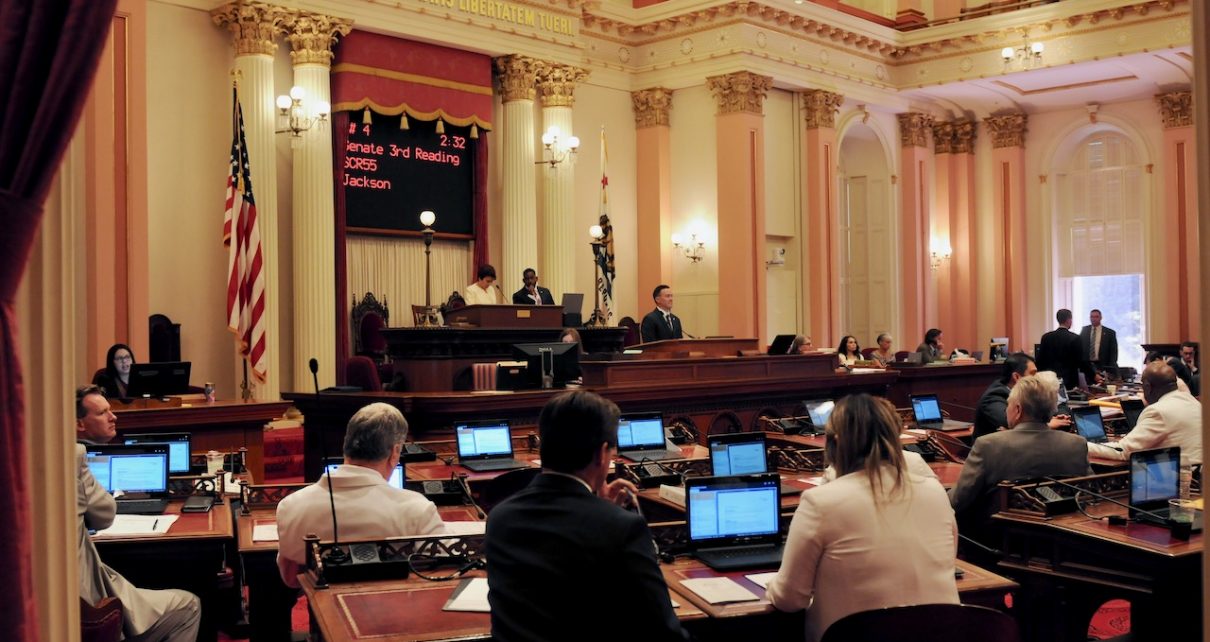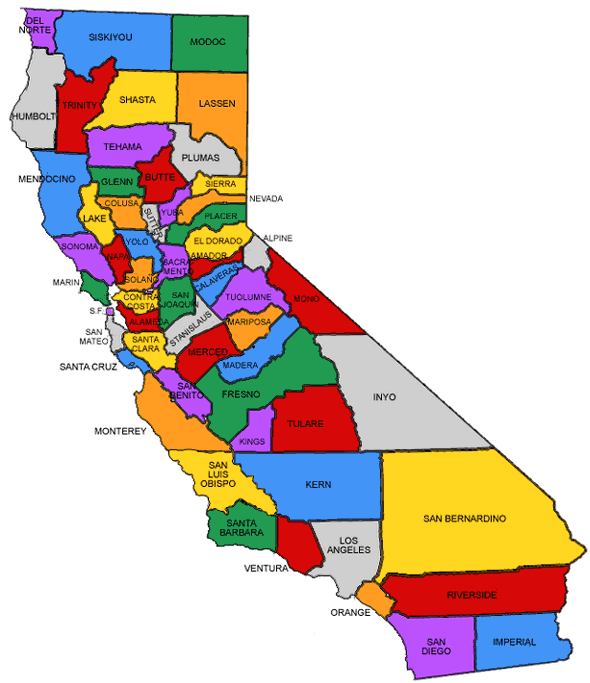
California State Senate. (Photo: Kevin Sanders for California Globe)
Frequently Asked Questions about California Regional Governments
How many local government entities are there in California?
By Chris Micheli, April 10, 2024 2:45 am
Where do laws provide for California local governments? Article XI of California’s Constitution, as well as the Government Code, provide for local governments.
How many local government entities are there in California? There are 58 counties, 482 cities, more than 2,000 special districts, as well as numerous regional entities.
What are the types of regional governments in California? According to the California Association of Councils of Governments (CALCOG), there are four types of regional governments found in this state: COGs; RTPAs; MPOs; and, CMAs.
What are COGs? Councils of Governments or “COGs.” General purpose regional agencies that can undertake any action in which their member cities and counties share in common. Although many COGs are formed to focus on transportation planning and programming, some COGs have been tasked by their local governments to address homelessness, water infrastructure, energy efficiency, earthquake safety, and more.
Who oversees COGs? In all of these forms, regional governments are overseen by local elected officials.
What are RTPAs? Regional Transportation Planning Authorities. County or multi-county entities charged by state law in meeting certain transportation planning requirements.
What are MPOs? Metropolitan Planning Organizations. An MPO is a designation under federal law that encourages large urbanized areas to engage in regional transportation planning. California has 18 MPOs, four of which are multi-county MPOs that coordinate planning in three or more counties.
What are CMAs? Transportation Commissions and Authorities; Congestion Management Agencies. Most commissions and authorities are located within the multi-county MPOs. They provide a more localized focus to transportation planning within the larger region and often manage county-raised revenue from sales tax measures.
- Interstate Depositions and Discovery Act - December 7, 2025
- Trial by the Court in California - December 7, 2025
- Enforcement of Labor Commissioner Judgments - December 6, 2025




